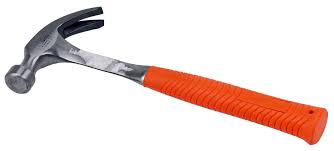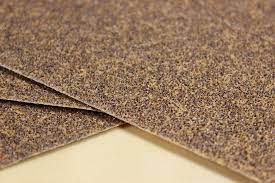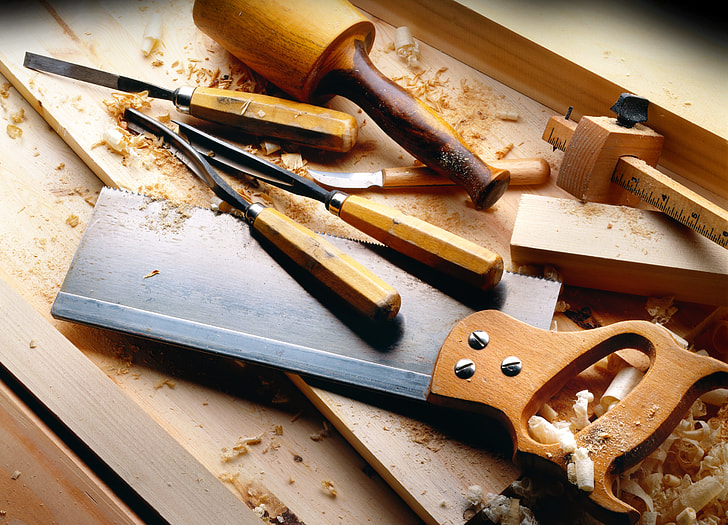
So you want to get into woodworking but don’t know where to start when it comes to getting the right supplies? This comprehensive guide will walk you through all the essential tools, materials, and accessories you need to start your exciting journey into woodcraft.
Introduction
As a beginner, having the proper woodworking tools and supplies is key to achieving success with your projects. Nothing derails the motivation to create like trying to work with subpar equipment.
The good news is you don’t need to invest in expensive specialty tools right away. Start with some all-purpose essentials that allow you to build your skills. Then you can add to your woodworking toolkit over time as your projects become more complex.
This guide will cover:
- Essential woodworking hand tools
- Power tools that make the job easier
- Stocking up on raw materials like wood
- Accessories for safety, measuring, cutting and more
- Where to purchase woodworking supplies
Follow along to learn what every aspiring woodworker needs in their shop!
Hand Tools for Woodworking
While power tools open up possibilities, every woodworker should begin with a strong collection of hand tools. Learning to use hand tools effectively builds foundational woodworking skills and an appreciation for the craft.
Here are the hand tools needed for basic woodworking projects:
Saw
A handsaw is the most essential woodworking tool. From big crosscut saws to small coping saws, saws cut wood to size and shape. Look for sharp teeth and a comfortable handle.

Hammer
A basic claw hammer drives and removes nails. Choose one with a comfortable grip that’s not too heavy.

Sandpaper
Sandpaper smooths wood by removing material. Start with coarse 80 grit for shaping and work up to 220 grit for a polished finish.

Chisels
Chisels cut, carve and shape wood. A set of bevel-edged bench chisels covers most tasks. Look for sharp, hardened steel blades.

Screwdrivers
Screwdrivers drive and remove screws. A Phillips and slotted screwdriver tackle most woodworking needs. Choose quality hardened tips.

Clamps
Clamps hold wood securely. F-style bar clamps or small spring clamps provide sufficient holding power for beginners.

Measuring & Marking Tools
Tape measures, rulers, pencils, and combination squares precisely mark cut lines. Accuracy is vital to joinery and preventing costly mistakes.

Power Tools for Woodworking
Hand tools provide control but power tools speed up the woodworking process. Beginners should start with these starter power tools:
Power Drill
A power drill bores holes and drives screws faster than manual tools. Look for adjustable clutch settings and variable speeds.

Orbital Sander
An orbital sander sands large flat surfaces faster than by hand. Choose a model with adjustable speed and dust collection.

Jigsaw
A jigsaw makes curved cuts like circles. Top handle designs offer increased stability and control.

Circular Saw
A circular saw crosscuts lumber to length straight and smoothly. Look for blade guards and adjustable depth and bevel controls.

For more advanced projects, upgrade to tools like a miter saw, table saw, and router. Build your power tool arsenal over time to maximize your woodworking capabilities.
Woodworking Materials & Hardware
With tools in hand, it’s time to stock up on building materials. As a beginner, opt for inexpensive wood to allow for mistakes as you learn. Here are the basic materials to include:
Wood
The raw material for all projects. Softwoods like pine and plywood are affordable options to start. Build your skills before moving to pricy hardwoods.

Fasteners
Screws, nails, bolts and other fasteners join pieces of wood together. Have an assortment of sizes on hand.

Glue
Wood glue creates an invisible bond between joints. Look for water-resistant polyurethane glue. Apply with a small brush.

Sandpaper
Sandpaper smooths wood by removing material. Start with coarse 80 grit for shaping and work up to 220 grit for a polished finish.

Finishing Supplies
Apply a protective finish like polyurethane, stains, paints and oils give the final piece longevity and visual appeal.

Woodworking Accessories
Don’t overlook handy accessories that aid in woodworking tasks and safety:
Workbench
A sturdy workbench provides a flat surface for cutting, sanding and assembly. Add vises, clamps and storage.

Clamps
Clamps hold wood securely. F-style bar clamps or small spring clamps provide sufficient holding power for beginners.

Safety Gear
Protect yourself with safety glasses, earplugs, dust masks, gloves and steel-toe boots.

Straightedge
A straightedge ensures straight cuts. Aluminum is lightweight yet sturdy.

Take time to gradually accumulate must-have accessories that make woodworking easier, safer and more efficient.
Where to Buy Woodworking Supplies
Many options exist for purchasing tools, materials and accessories to outfit your woodworking shop. Comparison shop to get the best deals. Good places to buy essential woodworking supplies include:
- Local Hardware Stores – Convenient for picking everyday items immediately like clamps, glue, sandpaper, lumber and plywood. Ask about discounts for bulk purchases.
- Home Improvement Stores – One-stop shops like Home Depot and Lowe’s carry everything from hand tools to power tools to lumber. Price match for the best deal.
- Specialty Woodworking Stores – Stores like Rockler and Woodcraft have the largest selection of specialty woodworking tools and materials like exotic lumber. Expect high-quality yet pricy merchandise.
- Online Retailers – Websites like Amazon, Walmart, and eBay offer deep discounts when ordering bulk items like fasteners and sandpaper. Browse user reviews.
- Estate Sales – Search for used tools being sold at discounted prices from estate sales and auctions. Inspect items closely before purchasing.
- Woodworking Shows – Attend a woodworking trade show where vendors showcase the latest tools and innovations. Take advantage of show specials.
Conclusion
Woodworking requires investing in proper supplies – but that doesn’t have to break the bank as a beginner. Start with affordable hand tools, basic power tools, common construction lumber, and safety gear.
Learning on less expensive materials allows you to hone your skills without worrying about the cost of mistakes. Upgrade your tools, accessories, and wood selection as you gain experience.
A quality set of beginner woodworking supplies empowers you to successfully take on your first whittling, carving and crafting projects. Soon you’ll create stunning, high-quality wood pieces you’ll be proud to share and display.
The time is now – grab those essential supplies, roll up your sleeves, and start making sawdust!

